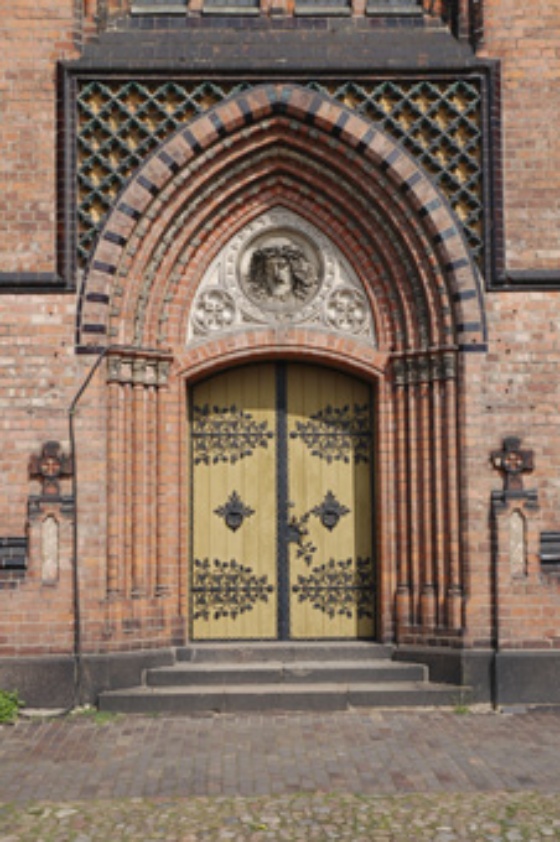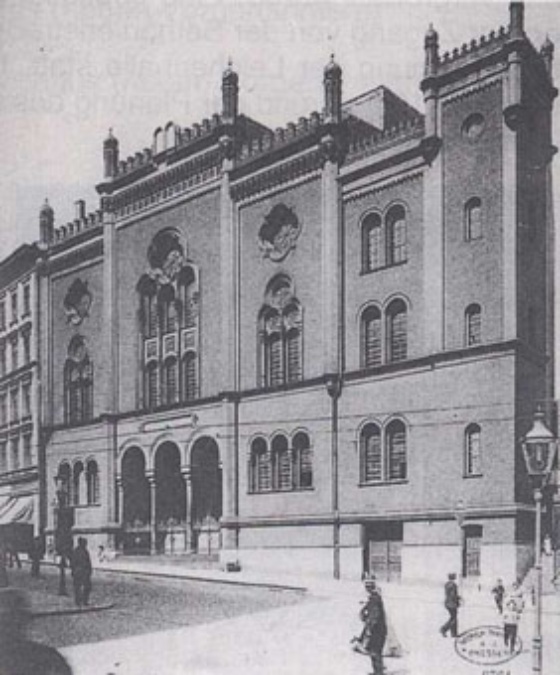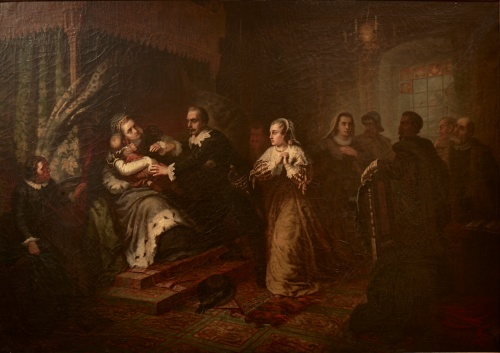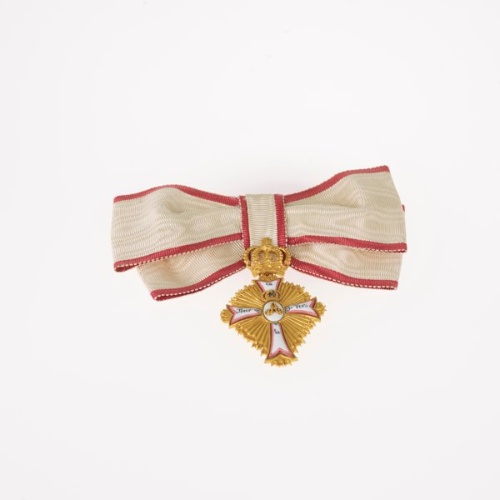Under the leadership of Theodor Kliefoth, the High Consistory reorganised the Protestant church in the state. Resistance or deviations were suppressed. With the involvement of the High Consistory, Frederick Francis II. arranged for 83 new churches to be built in Mecklenburg-Schwerin and 192 others to be fully rebuilt. All public officers had to hold evangelical beliefs.
The official equalisation of the Jews occurred in 1869 when Mecklenburg joined the North German Confederation. Yet by 1900 the figure of around 2, 000 Jews had fallen in Mecklenburg-Schwerin by around 10% and in Mecklenburg-Strelitz by around 32%. The number of Catholics at this time grew in this time to approximately 2 – 3% of the population.



